
I’d be lying if I said I’d be glad if I never walked into a Waitrose again. There’s something utterly magical about a good supermarket; the eye-wateringly vast array of international ingredients, the sometimes unfathomable selection of a single product as seemingly insignificant as an oatcake, the soft background music, the fantastically affordable floral arrangements in sweet little galvanised tins, the enamel compost bin you didn’t need, but simply have to have because it’s in that lovely shade of mouse grey that goes so well in your kitchen. And of course, the free latte and crisp copy of The Times is a rather nice parting gesture, given the trouble you’ve taken to get into your car and visit in person. Don’t get me started on home delivery. The very thought of a friendly middle-aged Englishman in an apron, laying out a neat row of colour-coded shopping bags at my slipper-clad feet is just something that doesn’t bear thinking about, mainly, because the chances of home delivery coming to rural France within the next 100 years is quite simply, silly.
But… if I said I didn’t dance a little gig with a straw basket on my arm as I trot off to our local béarnaise produce market, that would also be a big fat lie. There’s something utterly beguiling about the simplicity of French rural life. Time moves slowly here and the subject of food is virtually governed by a kind of religious reverence. Unlike fast and furious city supermarkets, barcodes haven’t eradicated the time honoured system of shopping at dedicated markets and stores. There’s still something special about making a visit to the butchers; the little tinkle of the bell above the door when you enter, the cordial greeting of a curly moustached butcher and the infinite pleasure of pointing to a trussed, deboned duck and having it wrapped up in old-fashioned waxed paper whilst you sample a slice of salami…or three.
Rather than buy shrink-wrapped packs of long-life milk, we now buy our milk from a local shepherd who hand milks his flock each night under the amber glow of an old light in his barn. What’s more, there’s generally a newborn lamb to bottle feed while he’s searching for some change (clearly an oversight on behalf of Waitrose’s dairy department). French markets are seasonal and produce is locally sourced, so food is not only fresher because it travels fewer kilometres, but it’s also real. There’s dirt on the potatoes, there are odd miss-shaped apples and three pointed carrots. Garlic comes in plats, walnuts come in their shell and chickens have their heads and feet (in case you confuse them with the glossy, headless variety that stand on polystyrene).
That said, I’d also be disingenuous if I said I firmly believe everyone should grow their own vegetables, shop daily at farmers markets or exclusively eat organic food. As idyllic as this would be, the reality is, it’s just not possible, for a whole range of reasons; most of them, obvious, but it would be nice if we could meet somewhere in the middle and provide better food for more people. It would also be good if the food we ate came with more responsible packaging. If food education was part of the school curriculum, if cosmetic food standards were relaxed, allowing people to place more importance on taste than appearance. If pesticides and the producers that manufacture them were held accountable for the untold damage they have created, not only to farming practice but to health and ecology. Without getting into the political hotbed of government subsidies, supermarket monopolies, food waste and globalisation, I thought I’d let these photos do the talking. I took them the other night when we went to collect some milk and ricotta.
What do you think about supermarkets and food culture today?

Fresh, still warm, sheep’s milk and flapjacks.
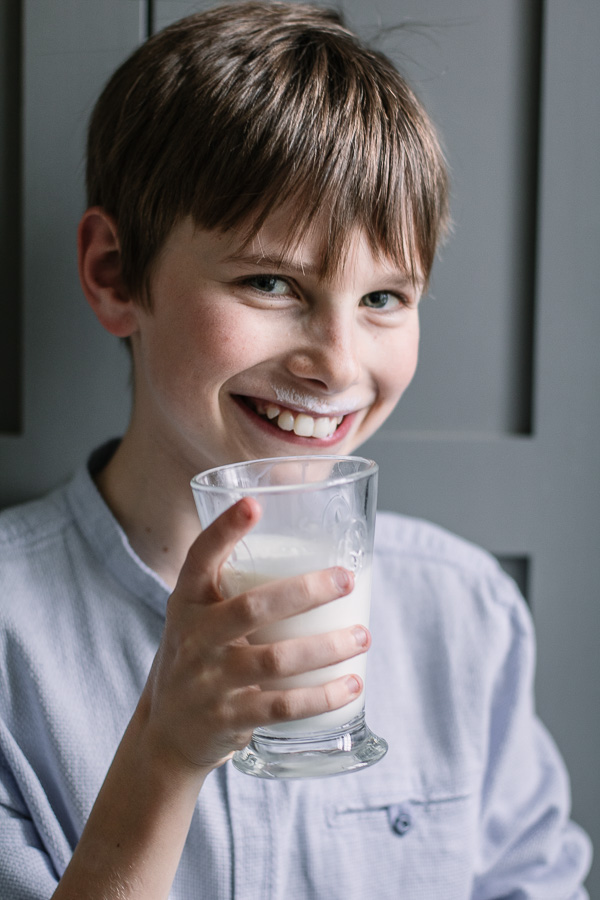
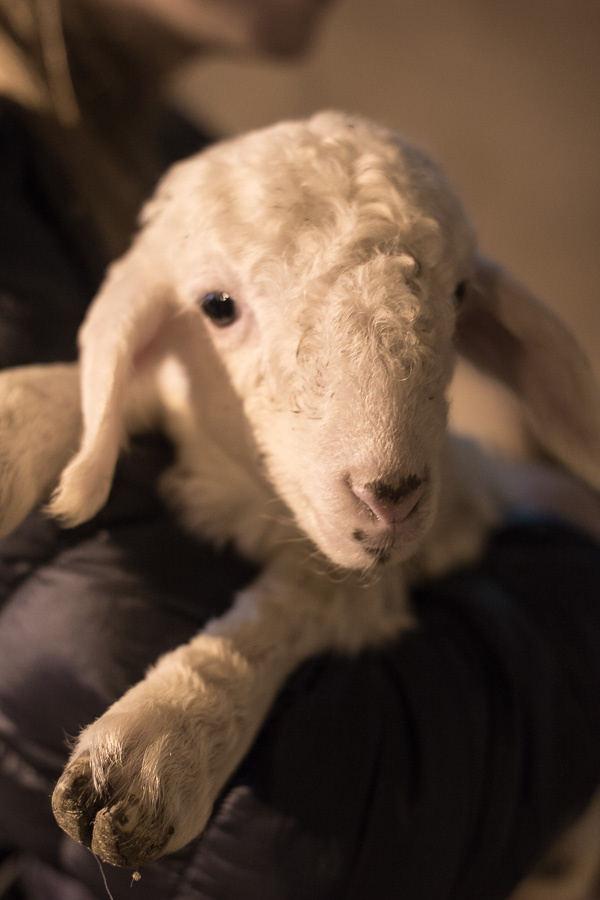
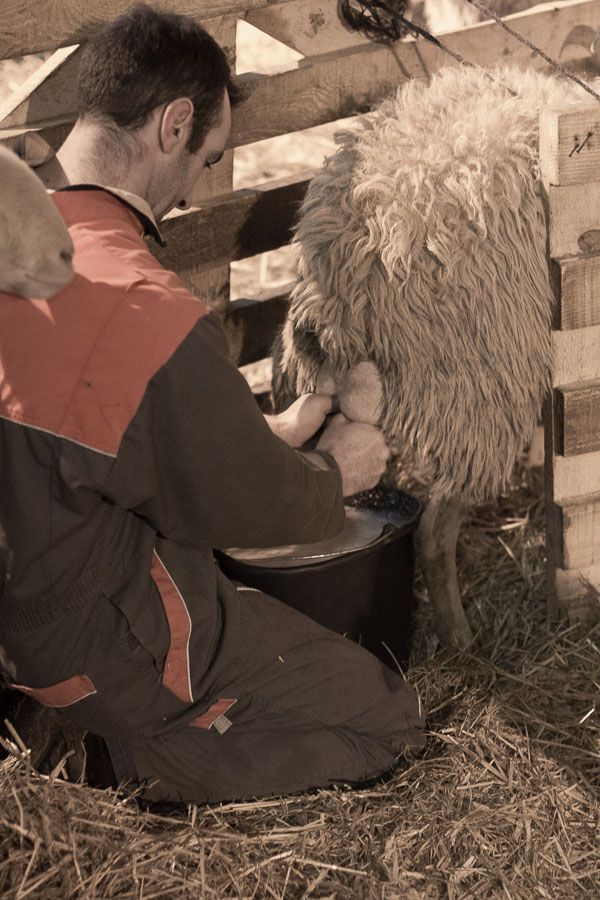
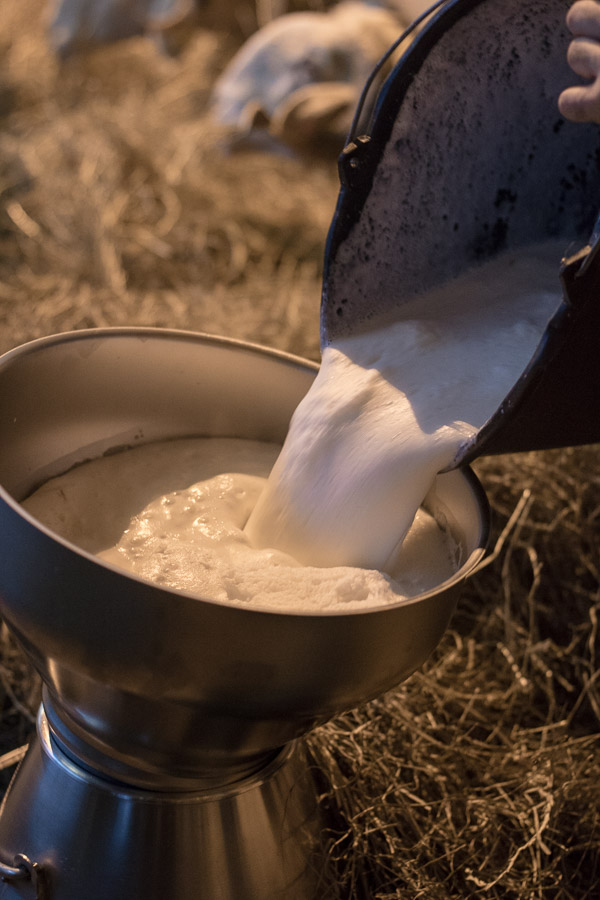
Straining the milk
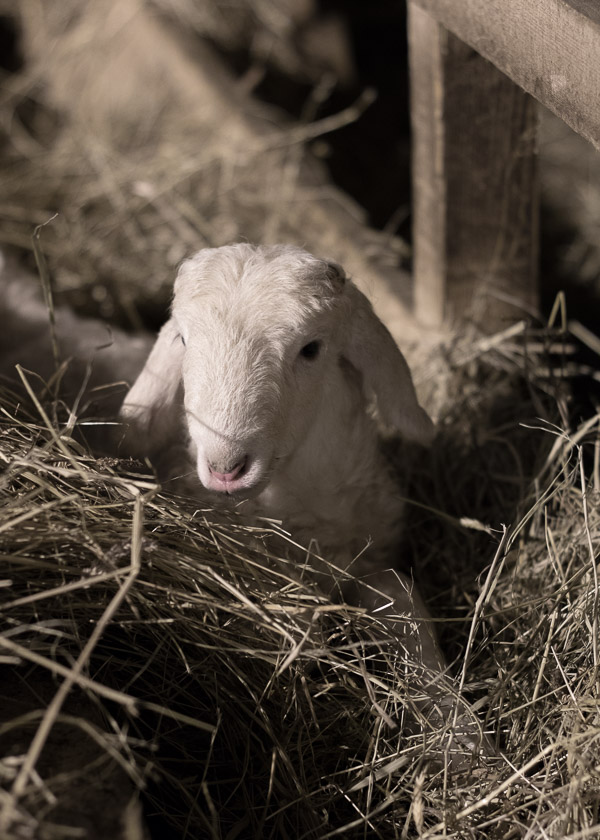
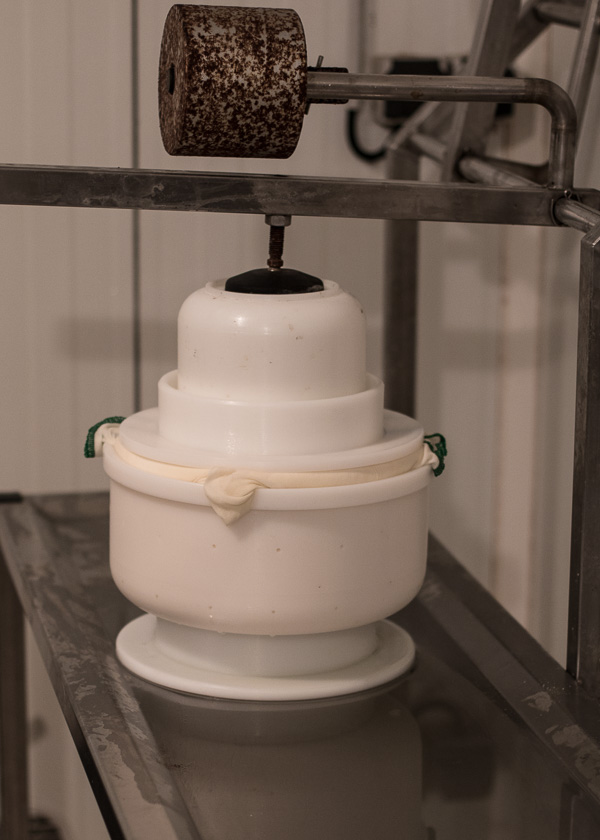
Brebis (sheep’s milk) cheese being pressed
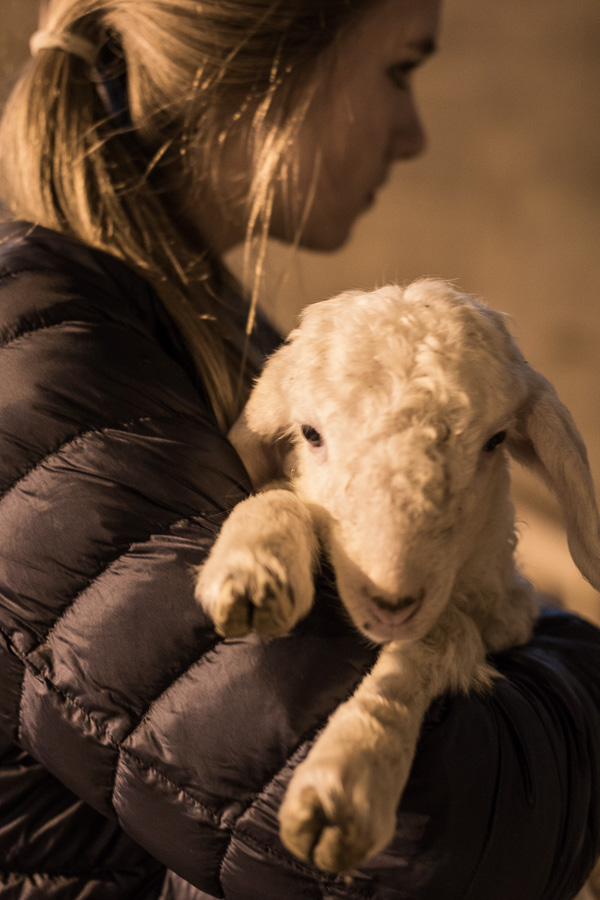
Just a few days old and a big handbrake when it comes to ducking down the road to buy milk!
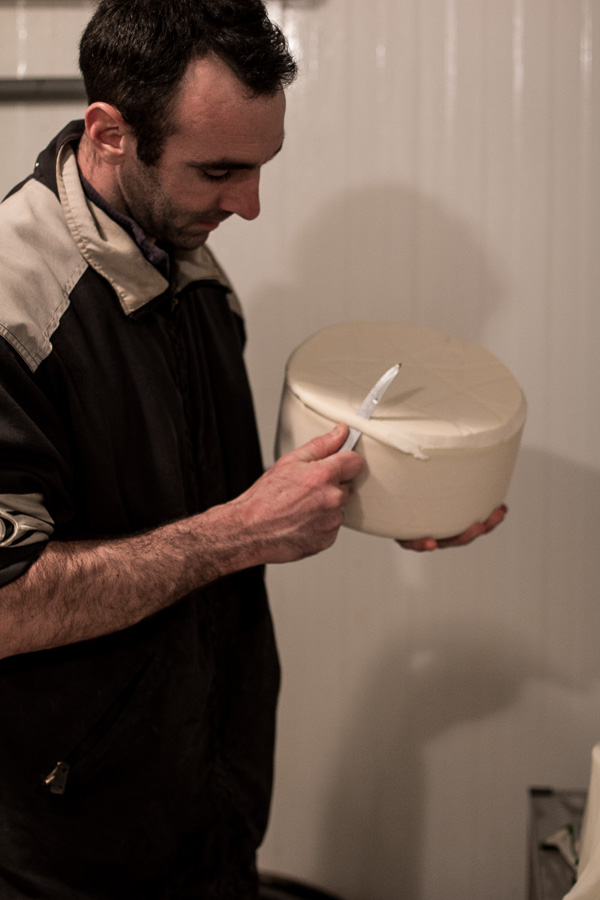
Brebis sheep’s milk cheese being trimmed to shape prior to maturing in a mountain cave

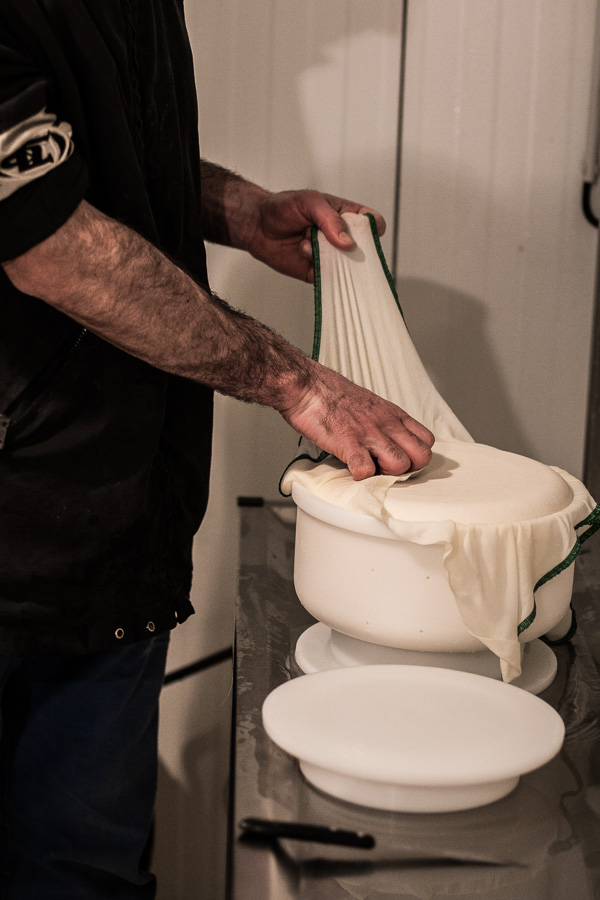
Pressing the cheese. Did you ever wonder where the name cheesecloth came from?


+ ADD A COMMENT